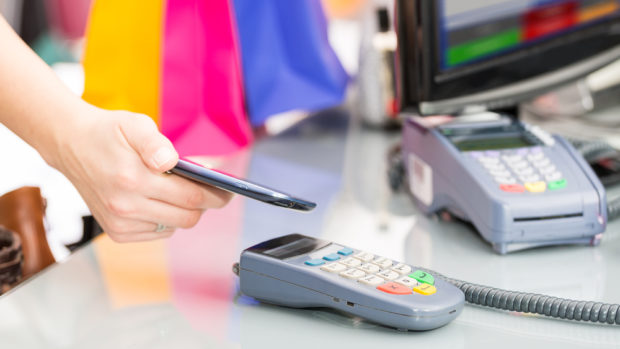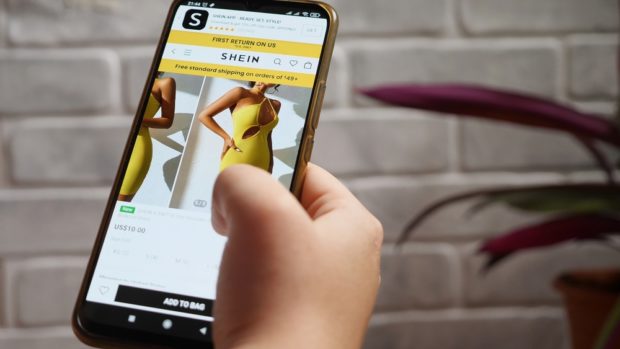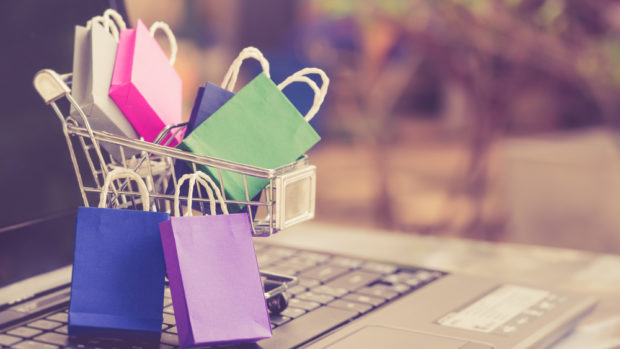
New research shows that testing in-store is still instrumental when buying beauty and personal care products.
Half (50 per cent) of UK consumers cite testing beauty products in-store as a key factor before parting with their cash. This number rises to almost two-thirds (63 per cent) of shoppers aged 25-34, and 58 per cent aged 35-44.
Despite appearing antiquated to some, in-store testing is currently preferred to touchless technologies like augmented reality (AR), where just two in ten (21 per cent) say it’s important. This number rises to a quarter (26 per cent) for 25-34 year olds.
The study, conducted by retail innovation agency Outform, covers a representative spread of more than 2,000 global respondents across the UK, USA and Germany. It explores how consumer habits are continuing to shift when shopping for beauty and personal care products in a post-lockdown world.
Samples are also key purchase levers for female consumers at 65 per cent, with make-up sitting above hair and skincare as the most important sample category. A third (34 per cent) of all consumers also say that sampling matters more to them now than it did before the pandemic, and 38 per cent of men now value sampling more than women.
The research found that technology still plays a significant role in purchase decisions, despite the preference for traditional, tactile browsing and purchase methods. A third (33 per cent) of Gen-Zs (aged 18-24) say that online make-up tutorials are important and 36 per cent use digital in-store displays.
But when it comes to extracting data from these technologies for a unified customer view online and in-store, there’s still a way to go.
A quarter (25 per cent) of Baby Boomers, aged 55-64, are open to the idea of sharing data, but say current payoffs like bespoke loyalty benefits aren’t worth it. However, Outform’s research also found that in the UK, Millennials aged 25-34 are the group that value personalisation from health and beauty brands the most, with 43 per cent saying it matters.
Meanwhile, subscriptions are a growing force for Gen-Xers (aged 35-44): a quarter (26 per cent) say availability through repeat deliveries are important to deciding whether or not to buy, with men placing more emphasis on this than women.
Simon Hathaway, MD EMEA at Outform, says: “Beauty brands were leading innovators during the pandemic. With sensory experiences effectively culled during lockdowns, they quickly pivoted to the next best options, from one-to-one virtual consultations to AR technologies. It was invaluable while shops were closed, but has also been a lifeline for those who were – and still are – more cautious of touch.
“But as the research shows, there is an appetite to reinstate the try-before-you-buy mindset. The next step for brands and retailers who dare to innovate will be turning this into a data touchpoint, so that they have a thorough understanding of customer expectations and habits, from how they shop all the way to their unique beauty regimes.”
Consumer motivations are shifting, too. Clean and natural have become keywords for six in ten (60 per cent) UK consumers across every generation, and 59 per cent of 35-44-year-olds now want green labels. Men are also more likely to be influenced by this than women.
Inclusion is also high up the agenda. 52 per cent of Gen-Zs want products that are designed with all skin colours in mind, and 43 per cent of Millennials want products that are gender-neutral. However, this declines with age, as both of these factors matter least to Baby Boomers (30 per cent and 21 per cent respectively).
Hathaway added: “Beauty is becoming smarter, but it also needs to become more accessible for increasingly diverse audiences. Several brands have already taken the reins in making products more sustainable and wearable for all skin colours, meaning it’s becoming an expected standard by all across the industry.
“And when it comes to sustainability, it’s not only recycled packaging and ethically sourced ingredients that matter. It should go as far as store layouts that choose digital screens over plastic signs to make the entire life cycle of a beauty product greener.”








Share